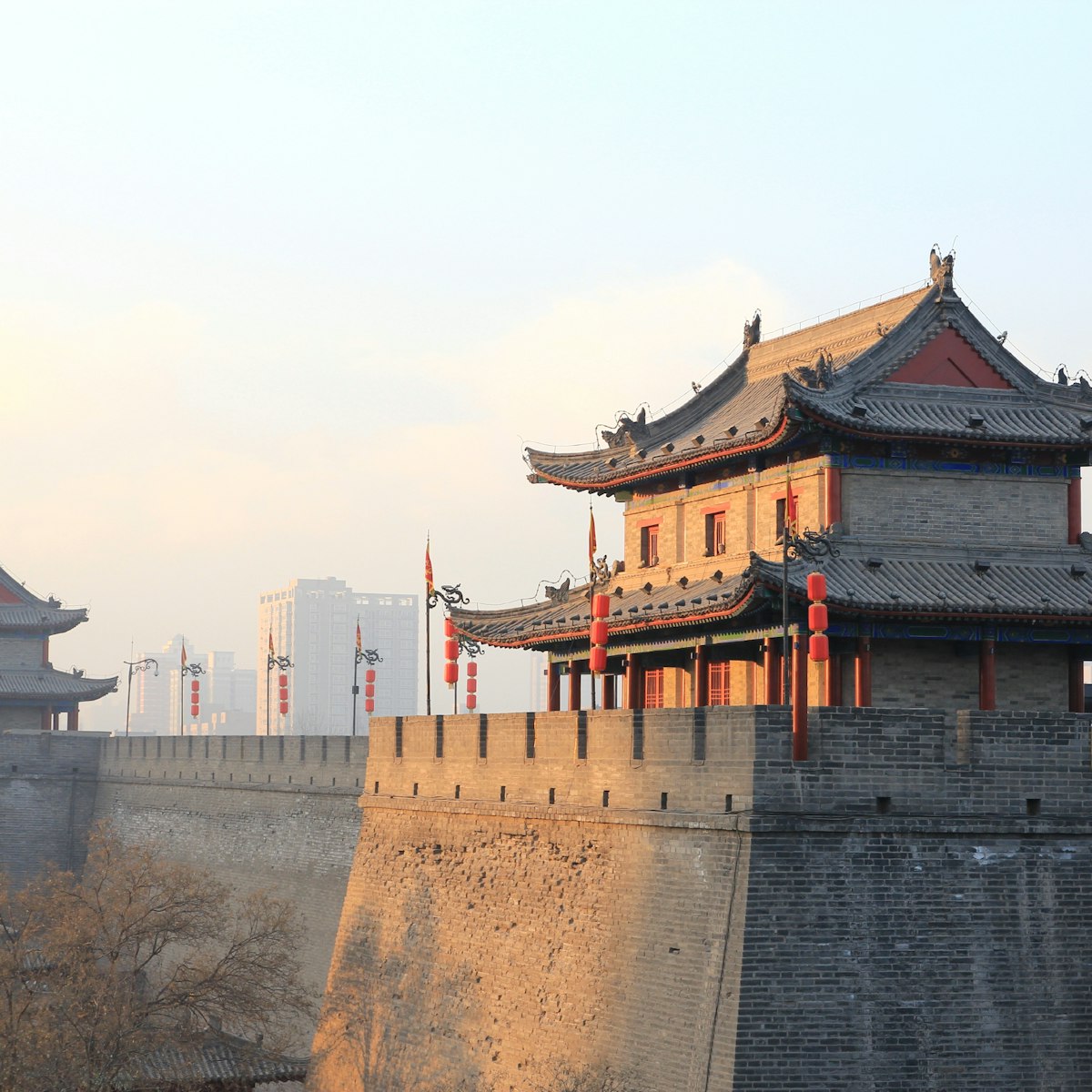This seven-storey pagoda, Xi'an’s most famous landmark, 4km southeast of the South Gate and formerly within the old (and huge) Tang dynasty city wall, dominates the surrounding modern buildings. One of China’s best examples of a Tang-style pagoda (squarish rather than round), it was completed in AD 652 to house Buddhist sutras brought back from India by the monk Xuan Zang. His travels inspired one of the best-known works of Chinese literature, Journey to the West.
Xuan spent the last 19 years of his life translating scriptures with a crack team of linguist monks; many of these translations are still used today.
You can climb the pagoda for views over town from within a glassed-in enclosure.
The brick Tang pagoda style is not seen in many parts of China, although other examples do exist, in Hebei province's Zhengdìng, for example. Surrounding the Big Goose Pagoda is Daci’en Temple (大慈恩寺, Dàcí’ēn Sì), one of the largest temples in Tang dynasty Chang’an. The buildings today date from the Qing dynasty. To the south of the pagoda is an open-air mall of shops, galleries, restaurants and public art; well worth a wander.
An evening fountain show is held on the pagoda square.







